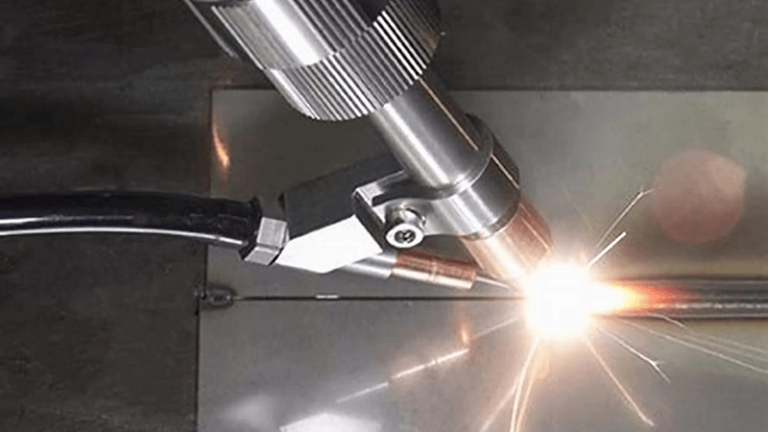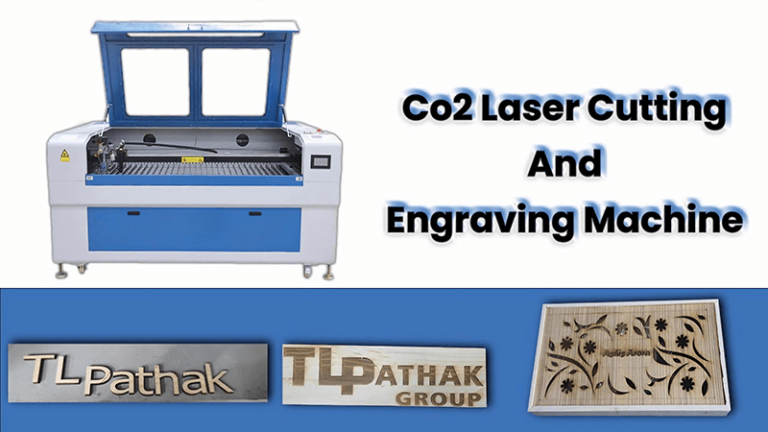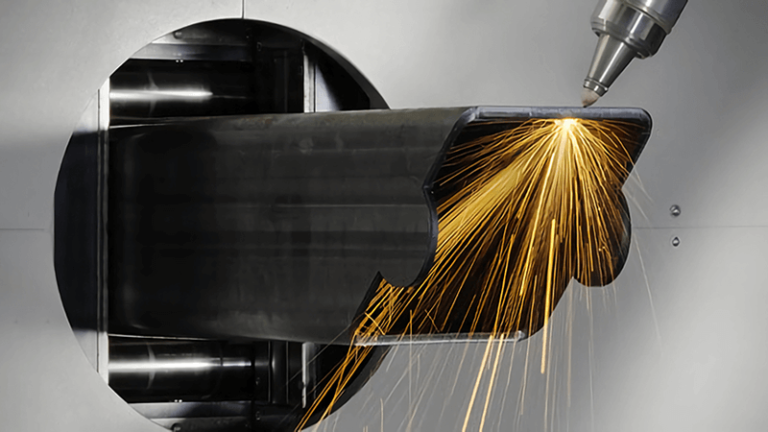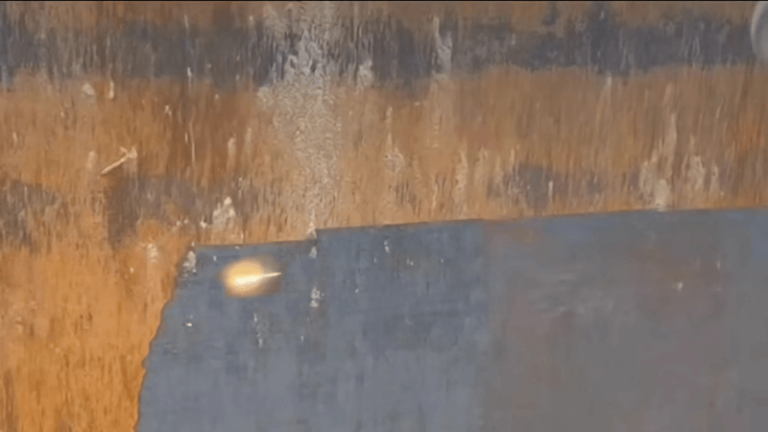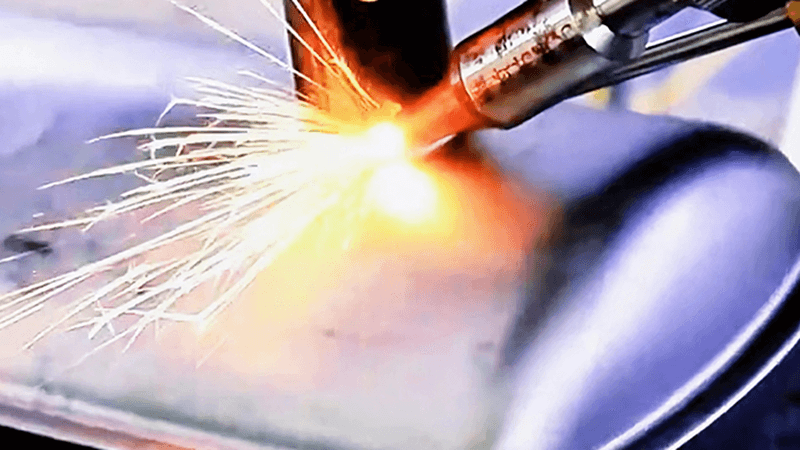
Have you ever wondered why laser welding prices can vary so much? It’s a common question, and today, I’m here to shed some light on the subject. Whether you’re a seasoned professional or just dipping your toes into the world of laser welding, understanding the costs involved is crucial for your projects’ success.
Laser welding is a precise and efficient method used in various industries, from automotive to aerospace. But what determines the price you’ll pay for this technology? Understanding the costs associated with laser welding is crucial for businesses looking to invest in this technology. Prices can vary widely based on several factors, including the type of machine, its capabilities, and the specific needs of the operation.
Let’s break it down and explore what you can expect when budgeting for laser welding services. Sticking around? Great! Let’s dive deeper into the fascinating world of laser welding costs.
What is Laser Welding?
Laser welding involves directing a high-energy laser beam onto the surfaces of materials to be joined. The intense heat generated by the laser melts the materials at the joint, allowing them to fuse together as they cool. This process can be performed using various types of lasers, including fiber lasers and solid-state lasers, each offering distinct advantages depending on the application.
Here in this blog, we are only discussing about fiber laser welding, which uses a high-powered laser beam to join materials, typically metals. The precision and speed of fiber laser welding make it a favorite in industries requiring high-quality and consistent welds.
Unlike traditional welding methods, laser welding offers minimal heat-affected zones. This means less distortion and higher integrity in the final product. Pretty neat, right?
Laser welding prices can vary due to multiple factors.True
Factors such as equipment quality, material type, and project complexity can influence laser welding costs.
The cost of laser welding is solely determined by the size of the project.False
While project size plays a role, other factors like equipment quality and material type also significantly impact costs.
Components of a Laser Welding Machine
A typical laser welding machine consists of several key components that work together to ensure efficient and effective welding:
- Laser Source: This is the core component that generates the high-intensity laser beam. Common types include fiber lasers, CO2 lasers, and solid-state lasers.
- Optics System: Comprising mirrors and lenses, this system manipulates and directs the laser beam onto the workpiece with precision.
- Welding Head: The part that focuses the laser beam onto the material. It often includes focusing lenses and other optical elements to ensure accurate welding.
- Cooling System: Essential for dissipating heat generated during the welding process. This typically includes chillers or cooling units that circulate coolant to prevent overheating of components.
- Control System: Manages parameters such as laser power, pulse duration, and welding speed to optimize the welding process.
- Workpiece Fixture: Holds the materials in place during welding to maintain alignment and stability.
- Safety Measures: Includes protective enclosures and eyewear to safeguard operators from laser exposure.
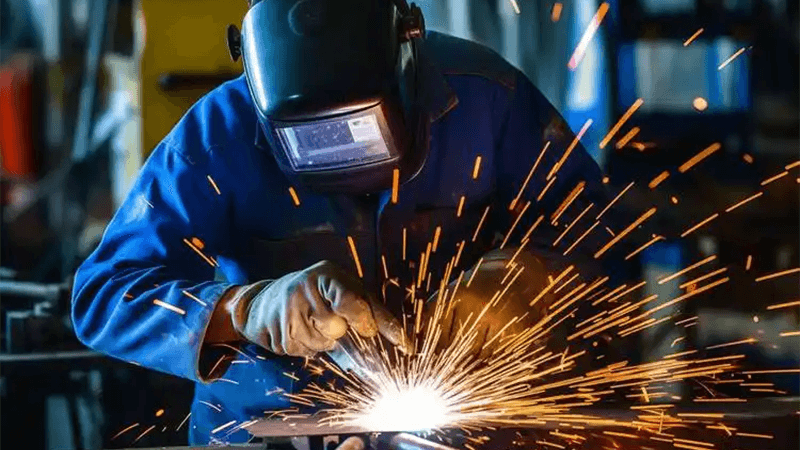
Factors Influencing Laser Welding Prices
Several factors influence the cost of laser welding. Understanding these can help you make informed decisions and manage your budget effectively.
- Material Considerations
The type of material you’re welding plays a significant role in pricing. Different metals require varying laser powers and settings. For instance, stainless steel welding might cost more than aluminum due to its reflective properties.
Additionally, the thickness of the material affects the laser’s power and time needed, impacting the overall cost. Want detailed stats? Check out Material Cost Factors.
Laser Welding Parameters for Different Metals
- Stainless Steel
| Thickness (mm) | Laser Power (W) | Speed (mm/s) | Frequency (kHz) | Focus Position (mm) |
|---|---|---|---|---|
| 1 | 500 | 800 | 5 | 2 |
| 1.5 | 1000 | 750 | 5 | 2 |
| 2 | 1000 | 720 | 5 | 3 |
| 3 | 1500 | 600 | 5 | 3 |
- Aluminum
| Thickness (mm) | Laser Power (W) | Speed (mm/s) | Frequency (kHz) | Focus Position (mm) |
|---|---|---|---|---|
| 1 | 500 | 700 | 20 | 1 |
| 1.5 | 1000 | 800 | 20 | 1 |
| 2 | 1000 | 800 | 20 | 2 |
| 3 | 1500 | 800 | 20 | 2 |
- Mild Steel
| Thickness (mm) | Laser Power (W) | Speed (mm/s) | Frequency (kHz) | Focus Position (mm) |
|---|---|---|---|---|
| 1 | 500 | 500 | 20 | 0 |
| 2 | 1000 | 600 | 20 | 1 |
| 3 | 1000 | 700 | 20 | 2 |
- Brass
| Thickness (mm) | Laser Power (W) | Speed (mm/s) |
|---|---|---|
| Up to 2 | ~500-1500 | ~200-600 |
| Up to 4 | ~2000-3000 | ~100-300 |
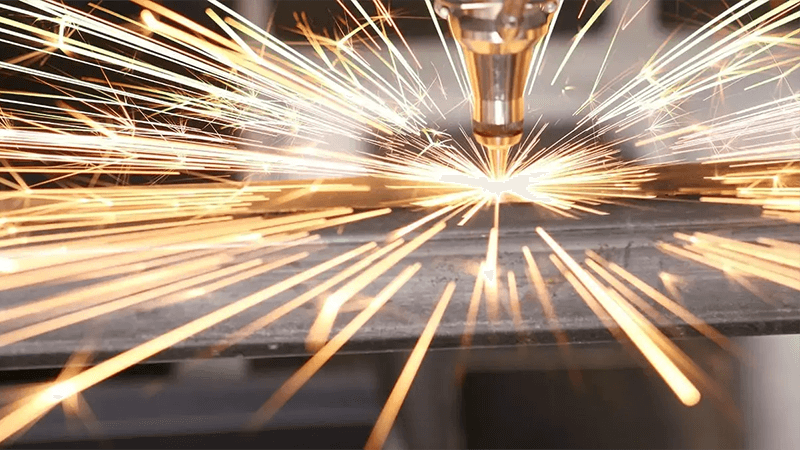
- Equipment and Technology
Investing in top-notch equipment is essential for quality laser welding. Advanced lasers offer better precision and efficiency but come with a higher price tag. At Kirin Laser, we use state-of-the-art machines to ensure the best results for our clients.
The technology behind the laser system, such as fiber lasers versus CO2 lasers, also influences costs. Fiber lasers are typically more expensive but offer superior performance and lower maintenance costs in the long run. Especially in the field of metal welding, fiber laser welding machine is recommended.
- Labor and Expertise
Skilled technicians are a crucial part of the laser welding process. Their expertise ensures that welds are strong and meet industry standards. Experienced professionals may charge higher rates, but their proficiency can save you money by reducing errors and rework.
Training and certifications also add to labor costs, ensuring that the team is up-to-date with the latest welding techniques and safety protocols.
- Volume and Scale of the Project
The size and scope of your project significantly impact laser welding prices. Larger projects may benefit from economies of scale, reducing the cost per unit. However, intricate or highly customized projects might require more time and resources, increasing overall costs.
Bulk orders can often negotiate better rates, so it’s worth discussing your project’s specifics with your laser welding provider.
Comparing Laser Welding Costs to Other Welding Methods
How does laser welding stack up against traditional methods like MIG or TIG welding? Let’s compare the costs and benefits.
- Cost Efficiency
While the initial investment for laser welding equipment is higher, the long-term benefits can outweigh the costs. Laser welding is faster and more precise, reducing material waste and labor costs over time.
In contrast, traditional welding methods might have lower upfront costs but can lead to higher expenses due to lower efficiency and higher defect rates.
- Quality and Precision
Laser welding offers superior precision, which is essential for high-tolerance applications. This means fewer errors and less need for post-weld finishing, saving both time and money.
Traditional methods, while versatile, may not achieve the same level of consistency and quality, potentially increasing overall project costs.
- Flexibility and Adaptability
Laser welding is highly adaptable to different materials and thicknesses, making it a versatile choice for various applications. This flexibility can lead to cost savings by reducing the need for multiple welding methods.
Traditional welding methods might require different setups and equipment for different tasks, adding to the complexity and cost.
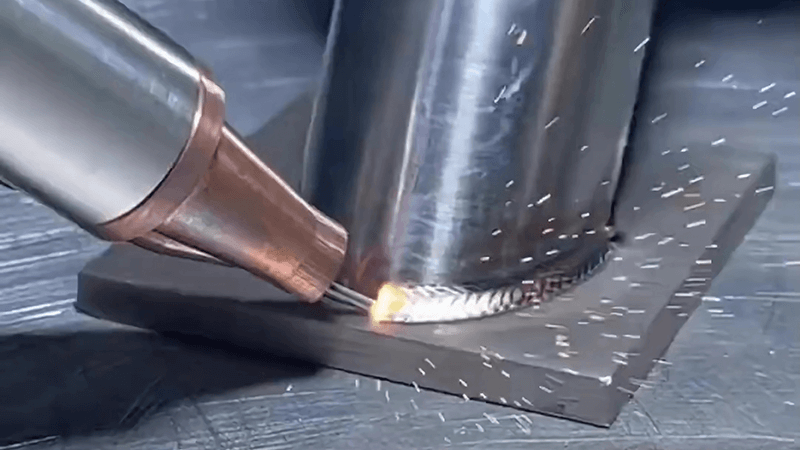
How to Obtain Accurate Pricing
- Detailed Project Specifications
Providing comprehensive details about your project is crucial. Include information such as:
- Material Types: Specify whether you are using metals, plastics, or other materials, as this affects the welding process and costs.
- Material Thicknesses: Different thicknesses require varying power levels and techniques, influencing the overall price.
- Desired Weld Quality: Indicate the quality standards you expect, as higher precision and quality often come at a premium.
By sharing these specifics with providers like Kirin Laser, you enable them to give you a more accurate quote that reflects your project's unique requirements.
-
Consult with Experts
Engaging with experienced professionals is invaluable. Experts from reputable companies such as Kirin Laser can provide insights into:- Pricing Factors: Understanding what influences costs, such as machine type and laser power, can help you make informed decisions.
- Technical Guidance: They can advise on the best practices for your welding needs and help optimize your project for cost-effectiveness.
Consulting with knowledgeable representatives ensures that you navigate the complexities of laser welding pricing effectively.
- Request Multiple Quotes
Never settle for the first quote you receive. Instead, aim to:
- Compare Offers: Gather quotes from various service providers, including Kirin Laser, to assess differences in pricing and service offerings.
- Evaluate Similar Services: Ensure that you are comparing quotes for similar services and quality levels to make a fair assessment.
This competitive approach not only helps in finding the best value but also encourages providers to offer their most competitive rates.
- Consider Long-Term Partnerships
Building a relationship with a reliable laser welding provider can yield significant benefits over time. With companies like Kirin Laser, consider:
- Discounts for Loyalty: Long-term partnerships often come with discounts or better pricing structures as trust and familiarity develop.
- Priority Service: Established relationships may lead to faster response times and prioritized service during busy periods.
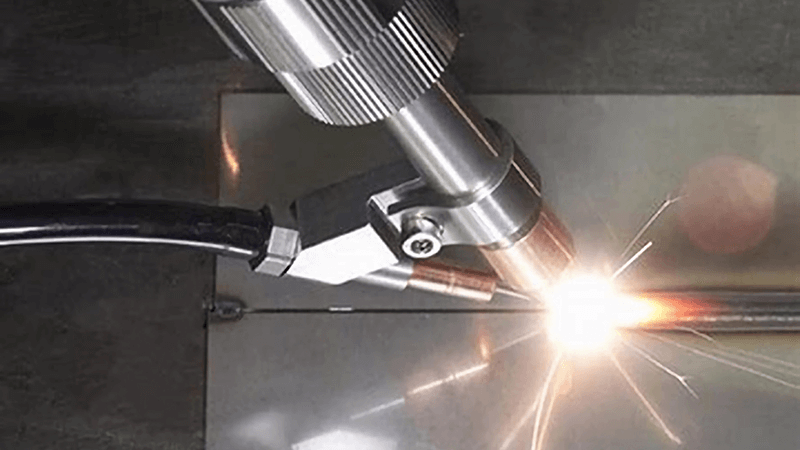
Tips for Managing Laser Welding Costs
Managing costs effectively ensures that your projects stay within budget without compromising on quality. Here are some strategies to help you keep laser welding costs in check.
-
Optimize Design for Welding
Designing your parts with laser welding in mind can reduce complexity and save costs. Simplify joint designs and minimize the need for additional processing steps. -
Use the Right Materials
Selecting materials that are compatible with laser welding and require minimal preparation can lower costs. Discuss material options with your provider to find the most cost-effective solutions. -
Schedule Efficiently
Efficient project scheduling can maximize equipment usage and reduce downtime costs. Plan your projects to ensure smooth transitions between tasks and optimal use of resources. -
Invest in Training
Training your team on laser welding techniques can improve efficiency and reduce errors. A well-trained workforce can achieve higher quality welds faster, saving both time and money.
Understanding the cost structure of laser welding is essential for project success.True
Having a clear grasp of the costs involved helps ensure that projects stay within budget and are completed successfully.
Laser welding is always more expensive than traditional welding methods.False
Laser welding can be more cost-effective depending on factors like material, precision required, and production volume.
Common Questions About Laser Welding Pricing
-
What factors most influence laser welding costs?
Material type, equipment used, labor expertise, and project scale are the primary factors affecting costs. -
Is laser welding more expensive than traditional methods?
Initially, yes. However, long-term benefits like efficiency and quality can make it more cost-effective. -
How can I reduce laser welding costs?
Optimize your design, choose the right materials, and establish a long-term partnership with your provider. -
Does the thickness of the material affect the price?
Absolutely. Thicker materials require more laser power and time, increasing costs. -
Can I get a discount for bulk orders?
Many providers offer discounts for large-volume projects. It’s worth discussing your needs upfront. -
How accurate are laser welding price estimates?
With detailed project specifications and expert consultation, estimates can be very accurate.
Conclusion
Understanding laser welding prices helps you make informed decisions and manage your projects effectively. By considering factors like materials, technology, and project scale, you can anticipate costs and optimize your budget. At Kirin Laser, we’re committed to providing quality and value, ensuring your welding needs are met with precision and efficiency. Ready to get started? Let’s weld your success together! Contact us at anytime!
References:
- "Laser Welded vs Traditional Welding: Pros and Cons", from Kirin Laser.
- "The Future of Welding: Why You Need a Welder with Laser?", from Kirin Laser.
- "The Best Tools for Welding Aluminum to Aluminum: Fiber Laser Welding", from Kirin Laser.
- "Top Advantages of Laser Welded Joints in Manufacturing: Why You Should Make the Switch", from Kirin Laser.
- "A Comprehensive Guide to Welding with Laser Systems", from Kirin Laser.
- "Laser Welding Thickness & Speed Chart", from Artizono.
- "Laser Welding Aluminum Machines, Problems, and Settings", from Magmeet.


